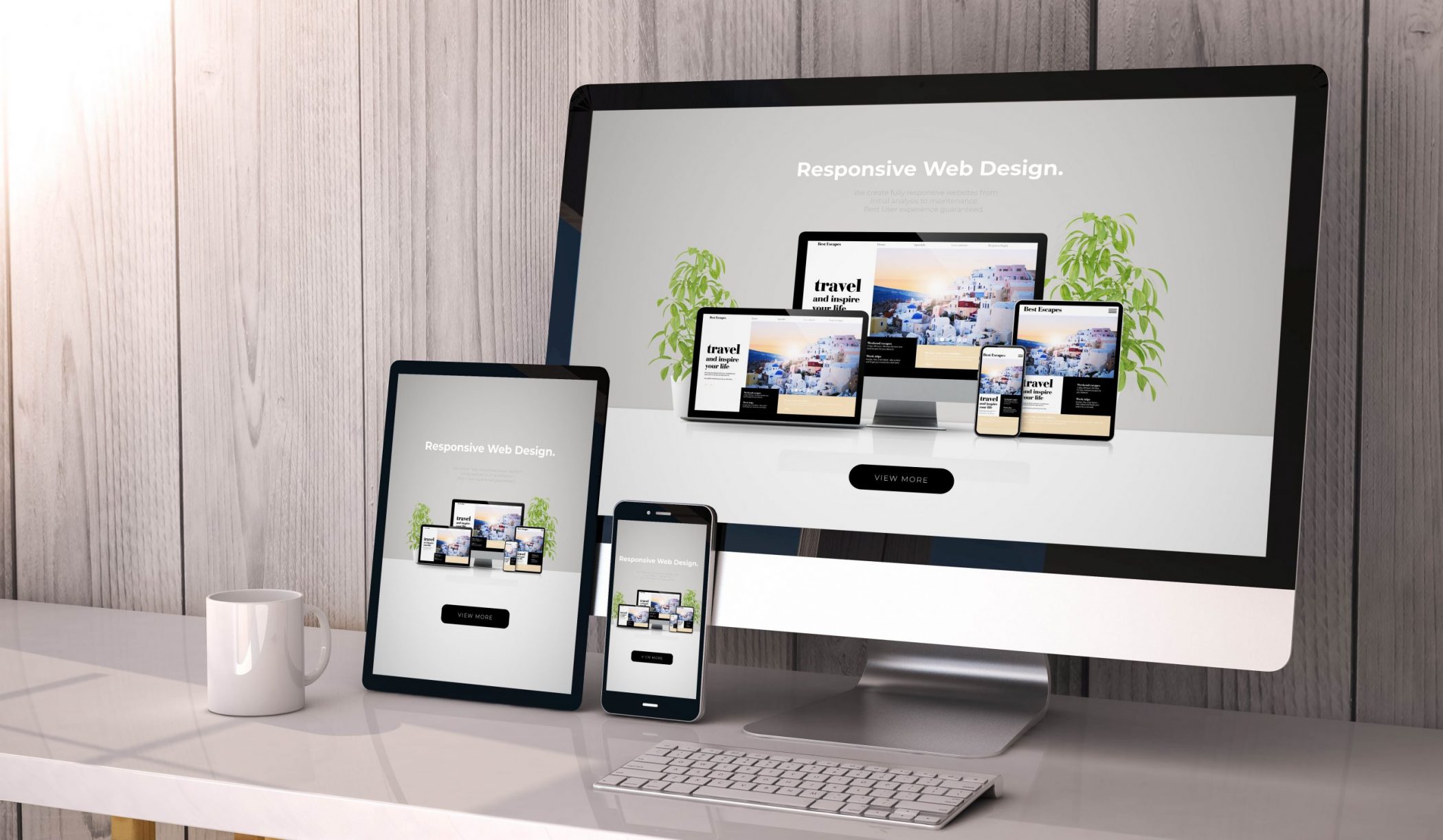Why Web Design and User Experience Must Go Hand-in-Hand for Success
Just How Reliable Web Design Can Boost User Experience and Conversions
In the significantly affordable digital landscape, efficient web style plays a crucial duty in improving customer experience and driving conversions. As we explore the key elements that contribute to successful internet style, it ends up being apparent that the impact on user complete satisfaction and conversion prices is profound.
Significance of User-Centric Design
In the world of internet design, focusing on user-centric style is critical for producing efficient digital experiences. This approach focuses on comprehending the needs, choices, and habits of customers, making certain that electronic interfaces are instinctive and available (Web design). By incorporating user feedback right into the style process, internet developers can craft experiences that reverberate with their target audience, ultimately bring about raised engagement and complete satisfaction
User-centric layout emphasizes use, which is essential for minimizing and keeping individuals bounce prices. When customers can navigate a web site easily, they are a lot more likely to explore its web content and transform right into customers.

Crucial Element of Efficient Design
Efficient layout serves as the foundation of user-centric internet style, converting customer requires right into aesthetic frameworks that promote communication. An efficient format focuses on material with a clear power structure, guiding users' eyes to essential information. This pecking order is commonly developed utilizing color, dimension, and spacing, making certain that critical components stand out.
One more key element is the usage of whitespace, which protects against overcrowding and improves readability. Web design. Whitespace allows components to take a breath, making the general style appear cleaner and easier to browse. Furthermore, uniformity in design components, such as font styles and colors, cultivates knowledge and count on, enabling customers to browse the site with higher convenience
Grid systems can likewise be vital, offering a structure that straightens web content rationally and cosmetically. This alignment boosts the customer experience by developing an organized aesthetic flow. Versatility in layout-- like receptive design-- makes certain that sites perform well across different tools, catering to varied customer choices.
Ultimately, an effective format not only captivates individuals yet additionally motivates them to involve even more deeply, inevitably driving conversions and fulfilling business goals. By concentrating on these crucial elements, developers can develop designs that reverberate with users and enhance their general experience.
Navigational Ideal Practices
User-friendly and clear navigating is crucial for enhancing user experience on a web site. A well-structured navigating system permits customers to locate info quickly, which directly impacts their fulfillment and probability of conversion - Web design. Implementing a hierarchical framework is necessary; make use of categories and subcategories that realistically group related content, making it less complicated for visitors to explore
Ensure that switches, links, and food selections preserve uniformity in design, color, and positioning across all pages, providing customers with a familiar framework anonymous as they browse. Rather of common terms, decide for clear tags that properly show the content, assisting customers in making notified choices.

Mobile Responsiveness and Ease Of Access

Access, on the various other hand, focuses on making websites useful for individuals with handicaps. This consists of sticking to have a peek at this website guidelines such as the Internet Content Access Guidelines (WCAG), which attend to problems like shade contrast, message dimension, and key-board navigation. By applying these requirements, internet developers can create inclusive experiences that cater to a wider audience, consequently enhancing individual engagement and satisfaction.
Moreover, mobile responsiveness and availability not just improve individual experience yet also positively effect internet search engine positions. Internet search engine prioritize mobile-friendly and accessible sites, making them more probable to appear in pertinent search results page. Consequently, investing in these elements of web design not only satisfies individual demands yet also adds to general service success via raised presence and improved conversion rates.
Determining Success Via Analytics
Tracking customer communications and habits through analytics is essential for evaluating the success of a site. By leveraging tools such as Google Analytics, businesses can gather essential data that reveals just how individuals engage with their site. Metrics such as bounce prices, ordinary session period, and conversion prices offer insights into user behavior and can highlight areas for improvement.
Understanding directory customer demographics and web traffic sources further enhances a website's performance. This information allows internet designers to tailor web content and style elements to better fulfill the demands of their target audience. Additionally, tracking certain individual journeys aids determine potential traffic jams in the conversion funnel, allowing companies to maximize their web design as necessary.
A/B screening different design aspects can supply concrete evidence of what resonates with individuals, permitting for informed decisions based on real-world efficiency. Ultimately, measuring success with analytics not just boosts customer experience however additionally drives conversions, ensuring that web design efforts line up with business objectives.
Conclusion
In final thought, reliable internet design plays a critical function in boosting customer experience and driving conversions. Inevitably, measuring success with analytics permits for constant improvement, ensuring that design approaches stay straightened with customer needs, thereby promoting business development and success.
In the progressively competitive electronic landscape, effective internet style plays a pivotal role in enhancing customer experience and driving conversions. By integrating customer comments into the layout process, internet designers can craft experiences that reverberate with their target audience, eventually leading to increased involvement and fulfillment.
Ultimately, the value of user-centric design exists in its capability to develop significant communications that drive conversions and foster long-term connections with users, making it an essential part of successful web layout strategies.
Ultimately, gauging success through analytics not only enhances user experience yet also drives conversions, making certain that web style initiatives align with organization objectives.In final thought, efficient internet design plays a pivotal function in boosting customer experience and driving conversions.